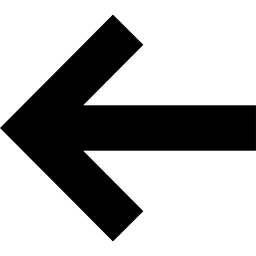ITensor Library Overview
Matrix techniques have been a major success in the applied sciences. Tensor methods could lead to even deeper insights and more powerful algorithms. Tensor network methods in physics and chemistry have yielded very precise results and greater understanding of many-body wavefunctions. Mathematicians and computer scientists are using tensor algorithms to uncover correlations in data and to scale algorithms to high-dimensional spaces.
When a problem is cast into the language of tensors, each tensor index typically has some semantic, or physical meaning. Similarly in ITensor, tensor indices are objects with unique identities. Constructing an index in ITensor looks like:
auto i = Index(3);
The resulting Index has a size, or dimension of 3. Upon creation it is indelibly stamped with an internal ID number so all copies of this Index can recognize each other.
Having made a few Index objects i, j, k, one can construct ITensors
auto A = ITensor(i);
auto B = ITensor(j,i);
auto C = ITensor(i,j,k);
and set their elements (as shown in the ITensor Basics chapter).
Since matching indices can recognize each other through their matching ID numbers, ITensor contraction is simply
D = A * B * C;
The ITensor contraction engine recognizes repeated indices and sums over them, like the Einstein summation convention used in physics. Instead of bookkeeping the order of tensor indices, users can focus on the structure of tensor networks, as in tensor diagram notation. Certain bugs are completely ruled out, such as mistaking one index for another of the same size.
Let's take a closer look at an example involving two matrix-like ITensors
auto A = ITensor(i,j);
auto B = ITensor(k,j);
auto C = A * B;
Here the contraction A * B computes the matrix product C=ABT .
The Index j appears on both A and B so is automatically summed over,
leaving C to have indices i and k.
In a standard matrix library, one would need to remember that j is
the second index of B and write something like
C = A * transpose(B) //not actual ITensor code!!
to get the correct result. ITensor handles this transposition automatically,
making user code simple and robust. If B were to be redefined
with the transposed index order, the ITensor operation A * B would continue to give the correct result.
Say we didn't want to contract over the index j — we could do the following
auto D = prime(A,j) * B;
The call to prime(A,j) puts a single, lightweight prime on A's copy of index j. It no longer
matches the copy of j on B so these will not be contracted and D will end up with four indices i,j',j,k.
We have computed an outer product of two matrices with very little effort.
ITensor offers many other features to enhance productivity:
- Adding ITensors simply works without requiring you to permute the index ordering.
- ITensor data storage automatically switches from real to complex as needed, such as when multiplying by a complex number.
- Sparse ITensors seamlessly interoperate with regular, dense ITensors.
- Quantum-number conserving (block sparse) tensors have the same interface as dense tensors.
Last but not least, ITensor includes routines for tensor decompositions
and a rich, high-level layer for matrix product state and density matrix
renormalization group (DMRG) algorithms used in physics and chemistry.
 Table of Contents
Table of Contents
 Index Objects
Index Objects